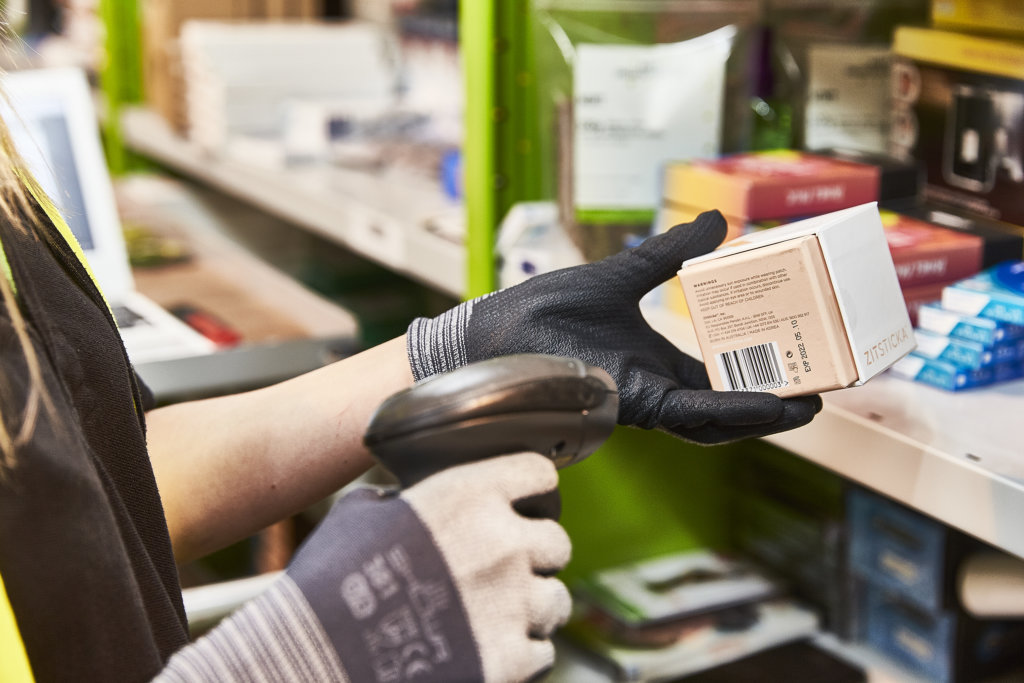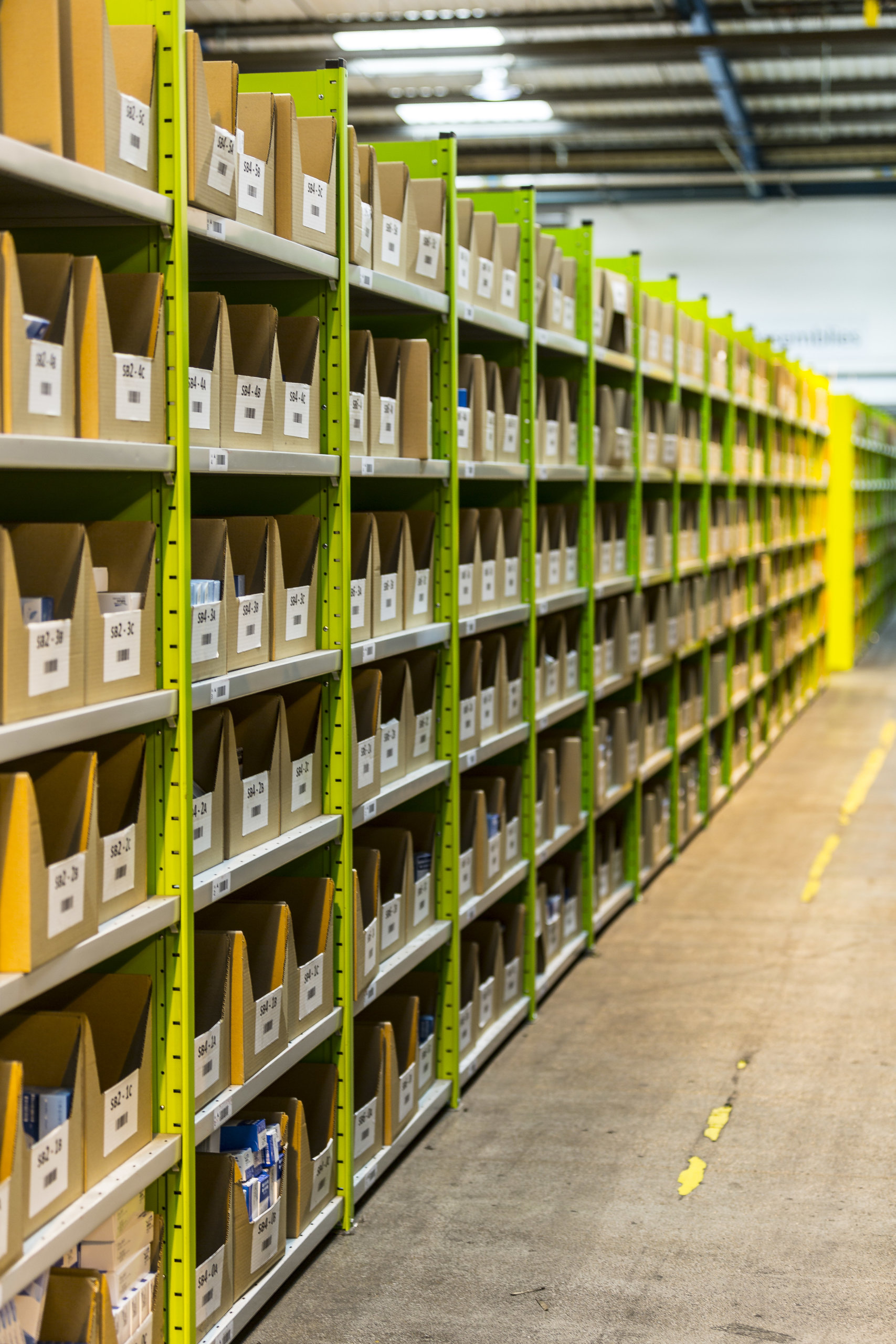8-point checklist to peak success
If you’re reading this, it’s probably because it’s nearing that time of the year when retailers like you are busy preparing for Black Friday/Cyber Monday (BFCM).
The events of 2020 will have undoubtedly changed the so-called ‘Golden Quarter’ as we know it. The retail trading calendar was disrupted with shopping seasons extended beyond their usual timeframes, and consumer behaviours were altered (in eCommerce’s favour).
Seasonal sales could be starting as early as October this year with retailers rethinking their discounting strategy. So, if shopper engagement is ramping up earlier than usual, your campaigns are going to need to be live up to three weeks earlier than that to avoid being priced out by your competitors. With fierce competition in mind, here are some strategies you should be considering (if you haven’t already) and tactics you can implement to increase your peak success this year.
1. Accurately plan your inventory
Your Q4 success will be largely dependent on your industry and the seasonality of your business. Some brands see constant sales throughout the year, but many offer products that are responsive to seasonal demands and rely on peak and key trading events to increase profit.
Seasonal factors can cause undue stress for many eCommerce business owners. It’s a true balancing act to ensure you have enough stock to cover the Black Friday/Cyber Monday (BFCM) to Christmas season, but not too much, as storing unmoving or slow-moving stock in warehouses can be costly.
Accurate forecasting, based on historical trading data, as well as having a clear picture of your inventory management, means fewer sleepless nights as you’ll know what you need to order in from suppliers more frequently so you can continue to fulfil your customer orders.
If you work with a fulfilment partner, update them on any planned promotions and be as prescriptive as possible with your peak forecasting. They’ll know what to expect and can determine the best fulfilment strategy ready for when those orders fly in.
Remember to keep a close eye on your stock levels daily through your inventory software. If you’ve got slow-moving products, use further clearance sales during peak to clear it out, free up shelf space, and convert your stocks into cash.
Your fulfilment partner should also keep you posted on any increases in prices that may crop up, e.g. shipping carrier costs, so you can adjust your shipping strategy to account for these changes. If they don’t quite fit with your strategy, margins, and goal conversion rates, then it might be worth testing a different approach, for instance, moving from free to flat rate shipping.
Remember: Ask your third-party (3PL) for their deadlines for receiving your stock pre-peak.
2. Pin down your offer strategy
Increasing your Average Order Volume (AOV) through peak is key. With fierce competition during this time, it’s a good idea to run offers way ahead of other brands. Customers will see yours first (and before they’ve spent all of their money!)
Your pricing strategy should be set at the sweet point for new customers to try your products. Once they’ve got their foot in the door, you can then upsell and introduce other products in your range. According to Salesgenomics, customers already know which brands they’ll buy from in October/November, so the sooner you can start establishing and nurturing those relationships, the better.
Above all, keep your offer strategy simple. It should be easy to communicate and understand, and automatically applied at the basket. Sitewide % off. Spend X to get free shipping. Buy 2 get 1 free. Free gift when you spend £X. Simple.
To avoid fatigue these offers could be changed over the course of peak and you could introduce lotteries to encourage purchases during a specific timeframe. ‘Place your order between [date] and [date] to be entered into our prize draw to win X.’ These tactics spark a sense of urgency and leverage fear of missing out (FOMO).
Holiday shipping cut-off dates: Display a countdown on your eCommerce website to show customers how long they have left to order if they want their goods in time for Christmas/a specific date.
3. Prepare for sellouts
Even though you’re on top of your inventory, it’s common for products to sell out quickly during peak periods, especially if you’ve ramped up your marketing effort and are amplifying user-generated content (UGC) by influencers and customers.
Prepare an email campaign and website messaging which notifies your customers when it’s back in stock or available to pre-order. In the meantime, you might want to offer them some suitable alternatives at a desirable discount while they wait.

4. Create a cut-through promotional plan
In a recent webinar hosted by Salesgenomics titled, ‘How to dominate Black Friday – 10x your eCommerce business in Q4’, eCommerce Growth Strategist Matt Panek talks about the importance of planning your promotional activities now to put your business in a scalable position at the start of 2the new year.
This is the fun part. Creative campaign planning.
As you’ll be fighting for the customer’s attention among hundreds of other brands, Matt advises focusing on pure attention and urgency with high contrast imagery, flash banners, and GIFs. Take a look at creatives you’ve used in the past which have worked particularly well for your online advertising campaigns, then add Black Friday overlays and messaging.
You might want to ramp up giveaways to generate extra buzz and traffic to your online store. Make sure it’s a fairly big-ticket item or a bundle of products to make it worthwhile entering. For those who don’t win? Give them access to an exclusive discount code – everyone’s a winner.
Tip: Product bundles provide extra value to customers while increasing your store’s AOV.
5. Give them something to talk about
Everyone loves talking about their bargain buys, so give your customers more of a platform to shout about your products. Create messaging for your email and social campaigns that prompts them to share their new purchase with their friends on social media, using a custom hashtag and your brand tag.
Incentivise them further by developing this into a competition where every tag is entered into a prize draw to win X. Alternatively, you could offer up a promotional code or discount in exchange for their post.
Just make sure you respond when your customers talk about you on social media. By using a custom hashtag you’ll be able to track these mentions easier.
This social proof, much like customer reviews, can then be used on your eCommerce site and on your brand’s social feeds to encourage further participation and engagement from other customers.
Idea: Create an exclusive discount code for followers of any influencers you’re working with.
6. Carry out a ‘no-stress’ stress test
Test your automations and fix any issues ahead of go-live.
- Does the discount apply correctly?
- Is free shipping added?
- Are all the necessary form fields working as they should?
A load stress test is a sensible way of assessing whether your IT systems can withstand the impact of BFCM web traffic. Many speculate that Amazon launched its mid-July Prime Day to act as a performance test to prepare for Black Friday. It certainly saw them driving huge web traffic and social media noise – enough to put strain on their infrastructure.
According to Blazemeter, eCommerce and retail websites whose owners didn’t prepare for Black Friday, crash. Sites that go under will drive buyers to competitors’ sites instead and could result in angry, public-facing tweets. Akamai recommends companies predict their expected peak load, then test to 2-3 times that peak. You can then identify any bugs which can be troubleshot and fixed prior to peak.
Testing procedures are complex, so you might want to consider calling on a reliable software testing company for this.
When it comes to stress testing your fulfilment operations and in-house capacity, you could try holding orders back for a few hours, then release them at once, so your pick and pack team get a real-life sense of the speed at which they’ll need to work.
Another major cause of bottlenecks is warehouse layout and picking locations.
Advice: Test different product locations and shelf positions to identify the most efficient picking routes.

7. Get your logistics and finances in place
Your logistics and finances should work like a well-oiled machine. You’ll have already planned your inventory with pre-ordering ready to go if you sell out, but you’ll also need to make sure you have back up payment methods, particularly for your advertising accounts as you scale up online ad spend.
If you’re doing everything in-house, make sure your fulfilment team is ready to prepare and ship high volumes of products as fast as they can. If it’s too much, it might be time to consider outsourcing this responsibility.
Now is also the time to identify any possible delays in getting your products where they need to be, but of course, you can only do this by having total visibility of your stock. Work with your delivery partners to communicate your expectations, which can then be passed on to your customers. No one likes empty promises.
 8. Prepare for launch
8. Prepare for launch
Salesgenomics suggests the perfect launch formula is to promote VIP early access offers two or three weeks prior to Black Friday. People can often postpone buying until the last few days in expectation of better offers – so the emphasis needs to be placed on buying now.
At this stage, build your customer mailing lists, test creatives, subject lines, and promotions. Tie up all of your comms and creatives, and have your online ads approved early.
Throughout peak, you’ll want to keep the customer front and centre as post-purchase service and support are essential to brand loyalty. You could consider adding a live chat function on your website so you can interact with customers during their shopping experience and respond instantly if they need support.
If their number one query is “Where’s my order?” pinpoint them to live order tracking, so they can follow their parcel’s journey. This functionality means fewer customer service tickets to deal with during what’s going to be an incredibly busy, but successful time for your business.
Follow James and James Fulfilment on LinkedIn Instagram Facebook & Twitter
James and James Fulfilment
It all began in 2010, when James Hyde and James Strachan couldn’t find a modern shipping service for the eCommerce business they ran. Faced with messy warehouses based on out-dated systems, they decided to build their own.
We’ve not stood still since, helping hundreds of online brands scale up – and scaling with them.

Stay up to date with insights & advice to help you build a bigger eCommerce brand
Subscribe to receive our latest updates in your inbox.


 US - English
US - English